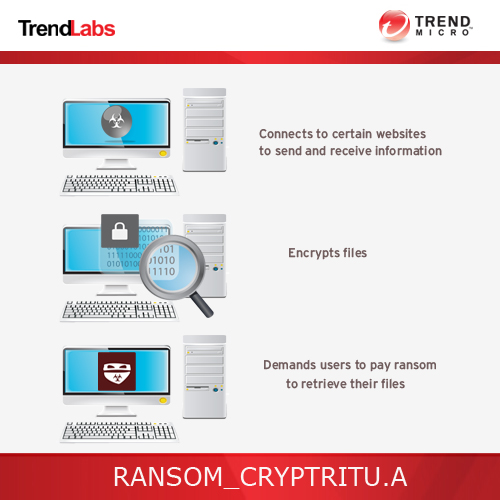Office Based Trojan Threat For Mac
+ New Apple Mac Trojan Called OSX/Crisis Discovered Posted on July 24th, 2012 by Update - July 25, 2012 10:30AM PDT This threat may run on Leopard 10.5, but it has a tendency to crash. It does not run on the new Mountain Lion 10.8. Intego has discovered a new Trojan called OSX/Crisis. This threat is a dropper which creates a backdoor when it's run. It installs silently, without requiring a password, and works only in OSX versions 10.6 and 10.7 – Snow Leopard and Lion. The Trojan preserves itself against reboots, so it will continue to run until it’s removed. Depending on whether or not the dropper runs on a user account with Admin permissions, it will install different components.
We have not yet seen if or how this threat is installed on a user's system; it may be that an installer component will try to establish Admin permissions. If the dropper runs on a system with Admin permissions, it will drop a rootkit to hide itself. In either case, it creates a number of files and folders to complete its tasks.
It creates 17 files when it’s run with Admin permissions, 14 files when it’s run without. Many of these are randomly named, but there are some that are consistent. With or without Admin permissions, this folder is created in the infected user's home directory:. /Library/ScriptingAdditions/appleHID/ Only with Admin permissions, this folder is created:. /System/Library/Frameworks/Foundation.framework/XPCServices/ The backdoor component calls home to the IP address 176.58.100.37 every 5 minutes, awaiting instructions. The file is created in a way that is intended to make reverse engineering tools more difficult to use when analyzing the file.
This sort of anti-analysis technique is common in Windows malware, but is relatively uncommon for OS X malware. It uses low-level system calls to hide its activities, as shown in the following images: Intego found samples of this malware on the, a site used by security companies to share malware samples. This threat has not yet been found in the wild, and so far there is no indication that this Trojan has infected users so right now the threat is considered to be a low risk. Nonetheless, Intego VirusBarrier X6 detects and removes this malware using today’s definitions. It detects the dropper component as OSX/Crisis, and the backdoor component as Backdoor:OSX/Crisis.

It will also block connections with the IP address the backdoor component seeks to connect with. Users need to update as soon as possible to get protection from this threat. We are still analyzing the threat at this time. We will post a more in-depth analysis as we have more details. This entry was posted in, and tagged,. Bookmark the.
Office Based Trojan Threat For Mac
I have what may be a stupid question, but I’m relatively new to macs, so I’m curious: “With or without Admin permissions, this folder is created in the infected user’s home directory: /Library/ScriptingAdditions/appleHID/ Only with Admin permissions, this folder is created: /System/Library/Frameworks/Foundation.framework/XPCServices/” I don’t see any folder called “appleHID” when I look in /Library/ScriptingAdditions, but I do see a folder called /System/Library/Frameworks/Foundation.framework/XPCServices/ Does that folder mean that I’m infected? Sorry if this is an obvious answer.
Important Office 365 ATP is included in subscriptions, such as Microsoft 365 Enterprise, Office 365 Enterprise E5, Office 365 Education A5,. If your organization has an Office 365 subscription that does not include Office 365 ATP, you can potentially purchase ATP as an add-on. For more information, see. As a global or security administrator, go to and sign in with your work or school account for Office 365.
Choose Admin Billing to see what your current subscription includes. If you see Office 365 Enterprise E5, Office 365 Education A5, or Microsoft 365 Business, then your organization has ATP. If you see a different subscription, such as Office 365 Enterprise E3 or Office 365 Enterprise E1, consider adding ATP. To do that, choose + Add subscription. Once you have ATP, the next step is for your security team to define policies. Define policies for ATP. including impersonation-based attacks to protect against attackers who send email messages that appear to be from trusted people or domains.


including your organization's and. that can include See how ATP is working by viewing reports After your ATP policies are in place, reports are available to show how the service is working. Make sure that you are an Office 365 global administrator, security administrator, or security reader. If needed, make adjustments to your security policies.
See the following resources:. Submit a suspicious file to Microsoft for analysis. If you get a file that you suspect could be malware, you can submit that file to Microsoft for analysis. If you get an email message (with or without an attachment) that you'd like to submit to Microsoft for analysis, use the.